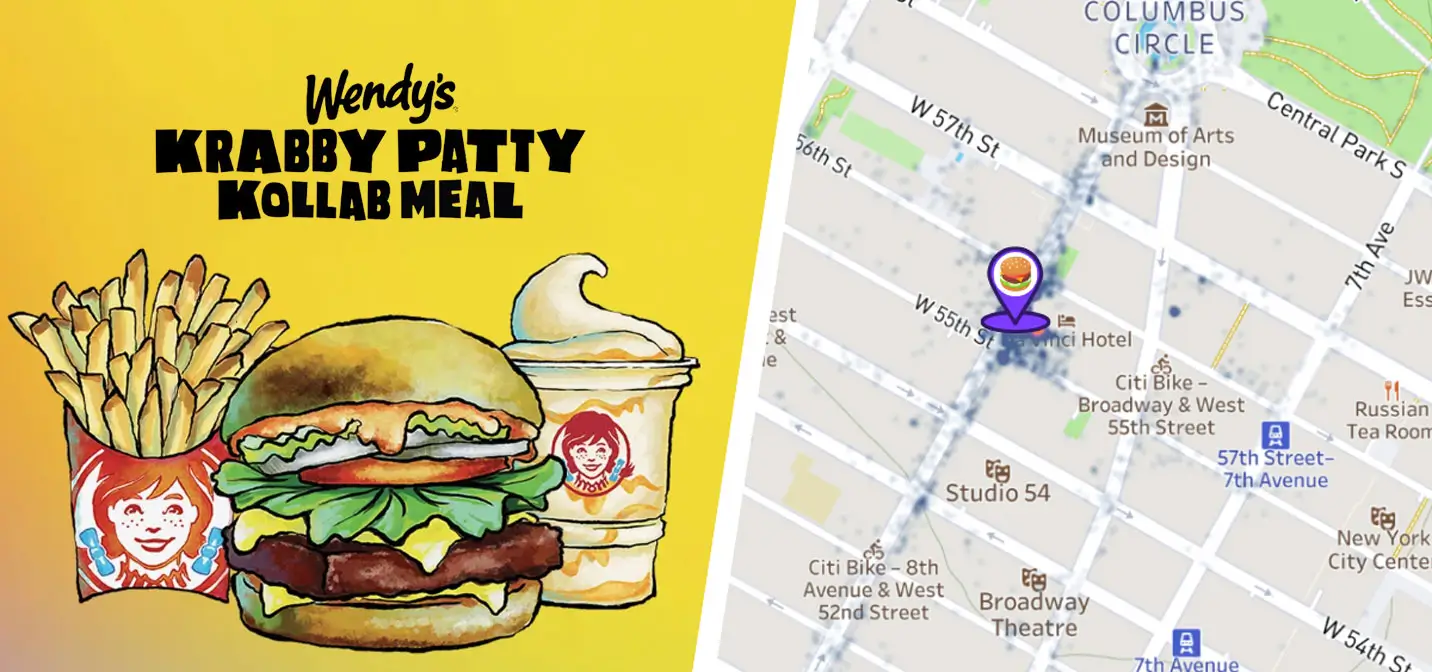It’s no mystery that consumer behavior data is the key to understanding your consumer and taking your business to the next level. Business leaders across industries can use consumer behavior data to inform decision-making, leading to better results and optimization of resources.
We will explore the intricacies of consumer behavior data, how it is collected, and how you can use it for better business results.
What is Consumer Behavior Data?
Consumer behavior data encompasses various sources of information on how consumers interact with products, places, services, and brands. This information can be used to derive insights into their decision-making processes, behaviors, and preferences. These insights can, in turn, be used by businesses to inform their marketing and operations strategies.
This data is collected through various channels such as website analytics, mobile location data, form fill-ups, purchase history, customer surveys, and more.
Different Types of Consumer Behavior Data Sources
Consumer behavior data is comprised of different types of data collected through various channels. When collected in compliance with privacy laws, this data provides non-personally identifiable information, and cannot be used to identify specific individuals as it is anonymized to protect the privacy of consumers.
Consumer behavior data can be comprised of different types of data such as:
- Demographic Data: This is information such as the age, gender, and income of your customers. This data can help businesses categorize and segment customers accurately for targeted marketing campaigns.
- Psychographic Data: This information focuses on the customer’s lifestyles, interests and preferences. For example, some customers could be frequent travelers with a preference for backpacking compared to another segment with a preference for luxury travel. This categorization further improves campaign performance by enabling accurate targeting and personalized messaging.
- Transactional Data: Transactional data as the name suggests has to do with purchase history, which can be used to understand how often a customer shops for a certain product, how much they are willing to spend for specific categories, and more. This can be used to predict and influence future buying behavior.
- Geolocation Data: Information on the location of the customer (non-PII data) can enable businesses to personalize their offers based on the location and the needs of consumers in different locations. For example, offers can be customized for stores in each location.
Another categorization can be made on the basis of whether the data is first, second, or third-party data
Benefits of Consumer Behavior Data
Consumer behavior data is essential for all types of businesses and teams. It provides you with a crucial understanding of your customer and enables you to offer products and services that serve their needs. Each business however needs insights for two broad functions – marketing and operations.
Let’s take a look at the benefits of consumer behavior data for these two functions:
1. Marketing Intelligence:
Consumer behavior data empowers businesses with actionable insights that can help marketers make better decisions, including:- Customer Insights: Successful marketing depends on an accurate understanding of the target audiences, their interests, and more. Consumer behavior data insights are crucial for marketers to understand evolving consumer behavior and optimize marketing efforts for success.
- Audience Targeting: Insights from consumer behavior data can be used by marketers to identify specific audience segments and create personalized marketing campaigns. Accurate audience targeting can result in better campaign performance, increased ROI, and ultimately more sales.
- Enhanced Customer Experiences: Marketers can use insights from consumer behavior data to accurately identify customer needs and pain points, understand the customer lifecycle, and more. This can lead to improved customer experiences, satisfaction, and increased brand loyalty.
- Predictive Analytics: Analyzing historical consumer behavior data and keeping ahead of evolving trends in real-time with data can help marketers forecast future trends, anticipate market shifts and make data-driven decisions regarding product developments, pricing, and promotional activities.
- Better Measurement and Attribution: Maximize marketing ROI with accurate measurement of campaign efficacy and metrics such as store visits or digital conversions. The Azira platform can also measure attribution by tracking store visits from targeted audiences. Provide accurate insights into true marketing return on ad spend (ROAS), understand what worked in successful campaigns, and use these insights for future successful campaigns.
2. Operational Intelligence:
Consumer behavior data can also be invaluable for operations leaders. Below are some of the advantages that the insights can provide:- Trade Area Analysis: Operations data leaders can use consumer behavior data and location intelligence to understand the commercial reach of any store, shopping center, restaurant, and more. They can also look at movement patterns and trends to determine how far consumers are willing to travel to any location. Data leaders can also map out trade areas, compare different sites or analyze a competitor’s location to make smarter decisions.
- Market Research: With consumer behavior data, operations leaders can access instant and real-time insights on market and visitation trends. They can also understand visitation patterns for any store, retail chain, or restaurant, and compare and contrast performance with previous months or weeks.
- Site Selection: Opening a new store location is an expensive and risky proposition – operations leaders can reduce risk in site selection by using location intelligence to compare different sites, visualize visitation patterns, foot traffic over time, and more. With this data they can analyze existing sites, and competitor sites, evaluate storefront ROI, and also prevent cannibalization of existing stores with accurate trade area insights.
- Competitive Intelligence:Consumer behavior data provides visibility to measure competitors’ store visitation, understand trade area overlap of new locations, and analyze up-and-coming markets. Operations leaders can access competitive intelligence for everything they need, from site selection to merchandising and product placement, to drive more business.
- Inventory Management: Consumer behavior data can optimize inventory management by providing insights into purchase patterns, demand forecasts, and more. This can reduce the occurrences of stockouts and streamline supply chain operations.
The above are only a few of the benefits of using consumer behavior data. New uses are constantly being discovered in accordance with evolving needs and problems. Now that you have a fair idea of what consumer behavior data is, what data is used to derive it, and the benefits, let us look at how to start using it and the challenges you might face.
Getting Started with Consumer Behavior Data
Once you have evaluated the data available to you, combining the data from multiple first, second, and third-party sources, and ensured it is clean of errors, you can begin deriving insights from it. Here are the first few steps to get started:
- Check Your Privacy Compliance: Ensure that you are compliant with all the latest data privacy laws and regulations. This includes how you collect, store, and use the data on your consumers. You also need to make sure the data partners you work with are also privacy compliant and abide by all privacy laws. It is critical to maintain the security of your consumer’s data and protect it from leaks or hackers.
- Evaluate Data Quality and Integrate Sources: Using data from multiple sources can come with challenges. In collecting data from multiple sources, you need to make sure the data is high quality and consistent. Integration with various systems and across multiple sources can also require technical expertise.
- Perform Your Analysis: Once you have all your data, you will require the right tools and resources to analyze and interpret the data to derive insights effectively. You will need skilled data analysts and/or partners and tools that will help you to derive value from the data.
As you can see, using data from external sources comes with complications, and you must be careful when choosing data partners. Read our essential checklist while evaluating an external data partner.
Harness the Power of Consumer Behavior Data
Consumer behavior data can be a powerful asset and tool to revolutionize your businesses’ marketing and operational decision-making. It is particularly important in today’s world with rapidly changing consumer behavior and preferences. To keep ahead of the competition and create a lasting impression in consumers’ minds despite the fierce competition, businesses should leverage consumer behavior data to gain valuable insights, offer unmatched customer experience, and optimize operations.
Harness the power of consumer behavior data with Azira’s full-stack solution that enables you to enrich your data, analyze it and derive insights on your audiences with powerful tools.



